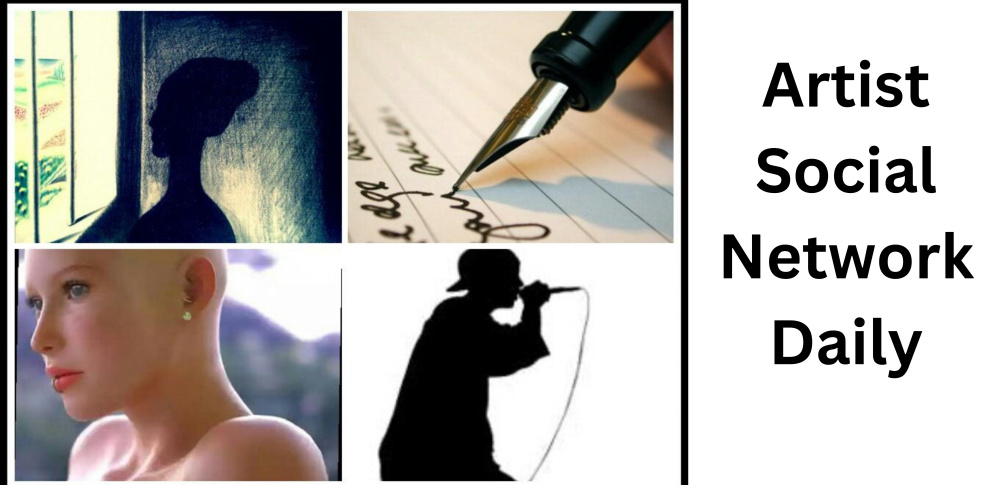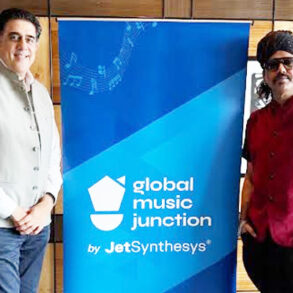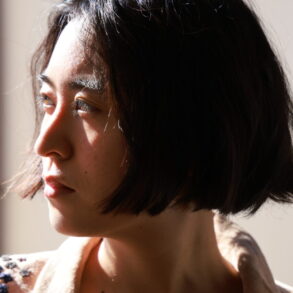Singer-songwriter Brendan Urie had a request: He wanted to begin his band Panic! At The Disco’s “Sad Clown” music video with a pony step. Choreographer Monika Felice Smith was happy to oblige—and to take the absurd, over-the-top vibe Urie was going for to an even more elevated extreme. The resulting video features dancers in big wigs and extravagant gowns thrashing to the beat, with Urie himself prancing alongside them, impressively committed to the choreography.
That kind of magic moment results from perfect harmony between a choreographer and a music artist. “It’s an immediate collaboration,” Smith says. “You’re two creatives that have decided to work together.”
Finding that harmony can be a challenging and intimate process. The musician is asked to be vulnerable as the choreographer brings the emotions of their songs to life, while the choreographer ultimately surrenders their vision to the headlining artist. Some music artists have backgrounds in dance; some simply care deeply about what the dancing in their projects looks like. Whatever the scenario, creating for this type of muse, who’s often also a world-famous star, takes more than technical skill—it requires empathy and understanding.
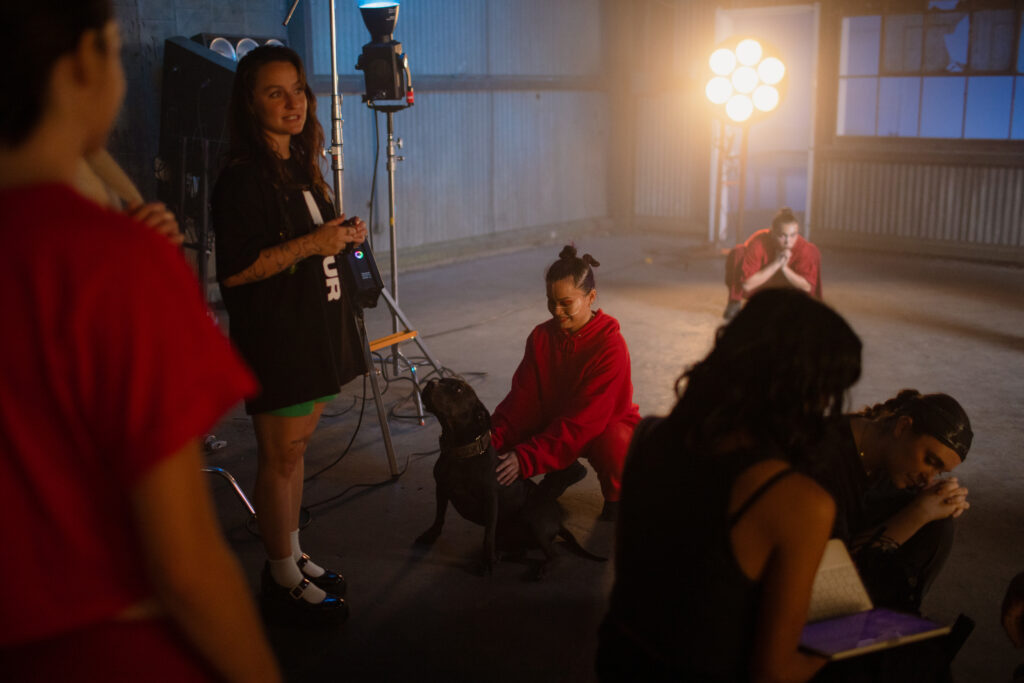
Strong Dancers With Strong Visions
When music artists are also talented dancers, the musician–choreographer flow can feel especially seamless. Choreographer Zoï Tatopoulos discovered that after her conceptual dance videos caught the attention of singer FKA twigs on Instagram. Tatopoulos ended up working with twigs, a trained dancer, on the moody video for “Tears in the Club,” choreographing alongside Sean Bankhead. So when twigs invited Tatopoulos to take the choreographic lead for the “Eusexua” video, Tatopoulos already knew the possibilities available—especially with twigs’ dance background. “Someone like twigs, her knowledge of dance gives the choreographer so much more freedom to play with, taking risks and looking weird at points,” Tatopoulos says.
Another touchstone was Tatopoulos’ dance video “We Will Find It,” where dancers run, crawl, and flip through an abandoned warehouse. There were references to the piece in the director’s deck, and it became a jumping-off point for the “Eusexua” track in the music video. This allowed Tatopoulos to embrace a style of movement that she had already honed—one that was animalistic and alien. “The mix between the creature and the technique gives the choreography that whole extraterrestrial vibe,” Tatopoulos says.
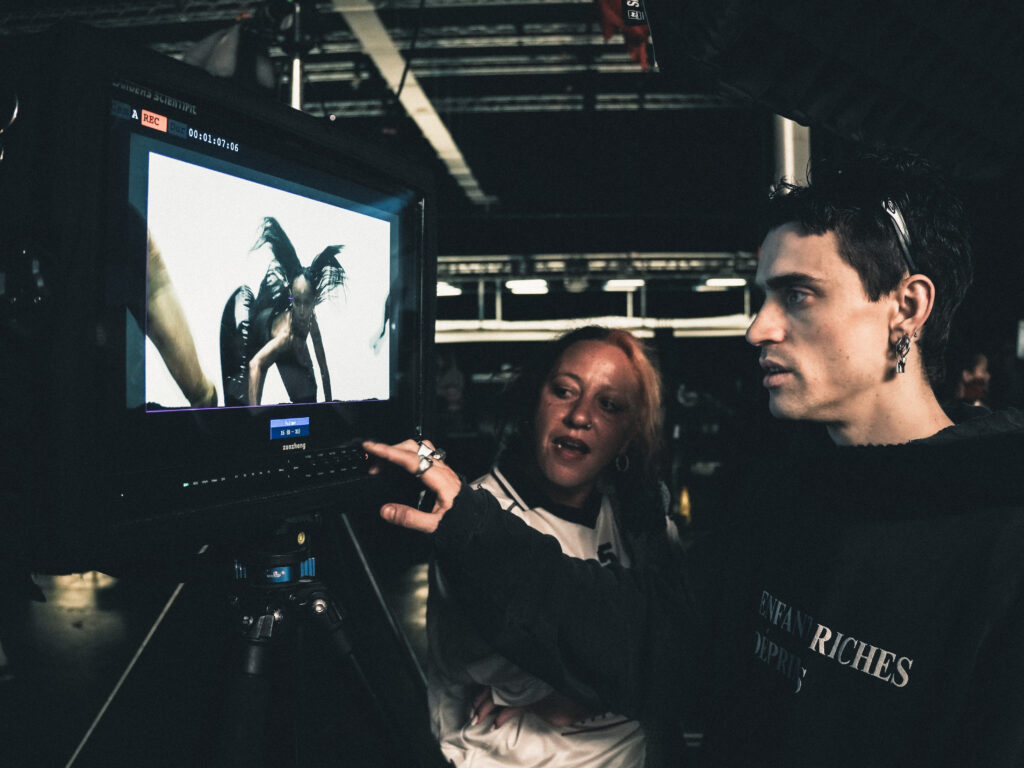
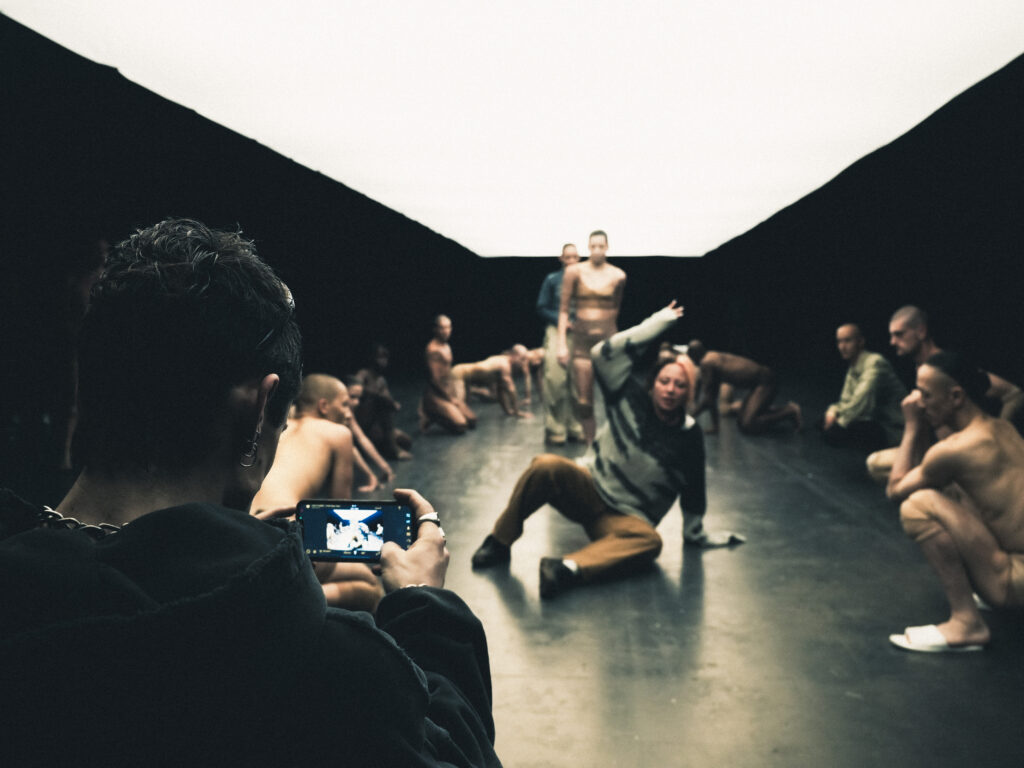
Choreographer Robbie Blue booked Doechii’s 2025 Grammy performance in a similar way: It began with an Instagram follow. Doechii, who grew up dancing, had noticed Blue’s Fosse-inspired movement vocabulary on social media, and that helped inspire her Grammys choreography. “She wanted to go for this Chicago-esque, musical jazz situation for the second half of the performance, and so immediately that became the biggest playground to experiment,” Blue says. “There was nothing off-limits.”
Doechii was game for anything, sitting in on rehearsal even when she wasn’t called in. The now-famous straddle lift on the conveyor belt, which became a highlight of the performance, was Doechii’s suggestion. Her eagerness made the project a collaboration from day one, and her comfort with dance was an added bonus. “We spent hours together figuring out what looks good on her body, what she likes to do, how she wants to push the envelope,” he says.
For Sienna Lalau, who has choreographed for many standout movers, including Jennifer Lopez, Ciara, and Missy Elliott, making great choreography for dance-forward stars is not just about highlighting technical ability—it’s about helping the artist grow. “I know how to utilize their skills and what they’re really great at, and then maybe something they’re not comfortable with,” Lalau says. “I try to balance out the two—wanting to push them to be better, but also giving them something that they will look good in and be comfortable with at the same time.”
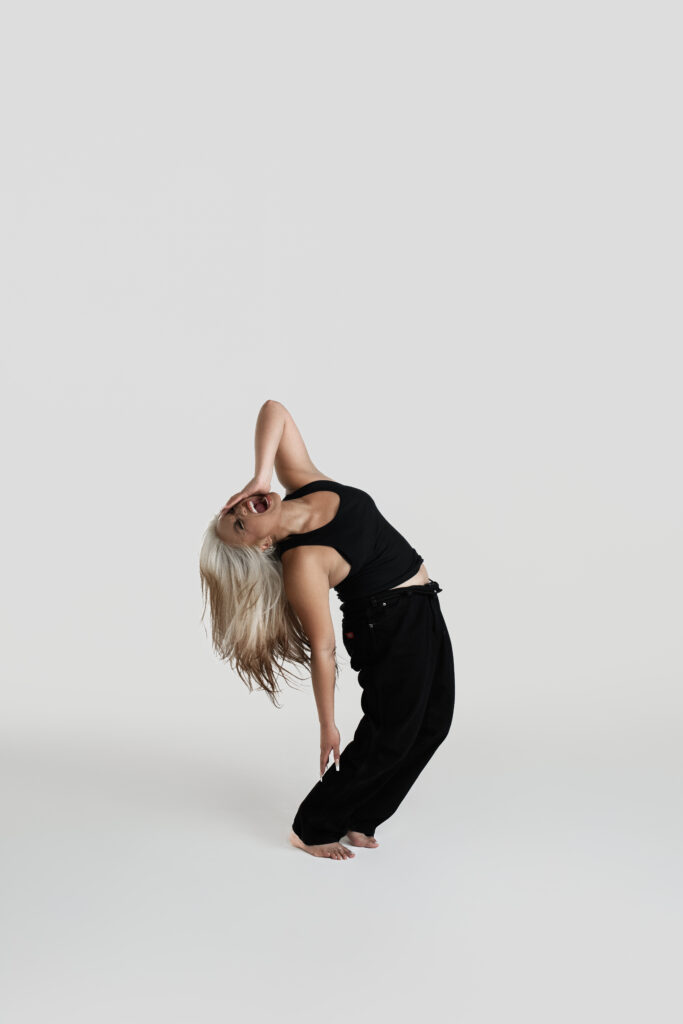
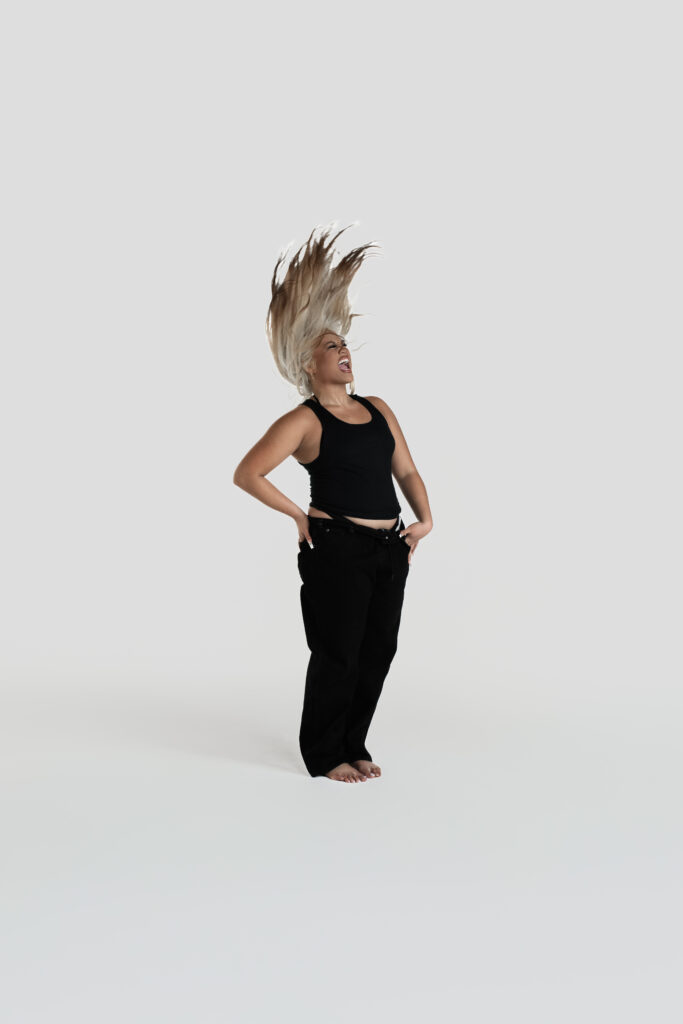
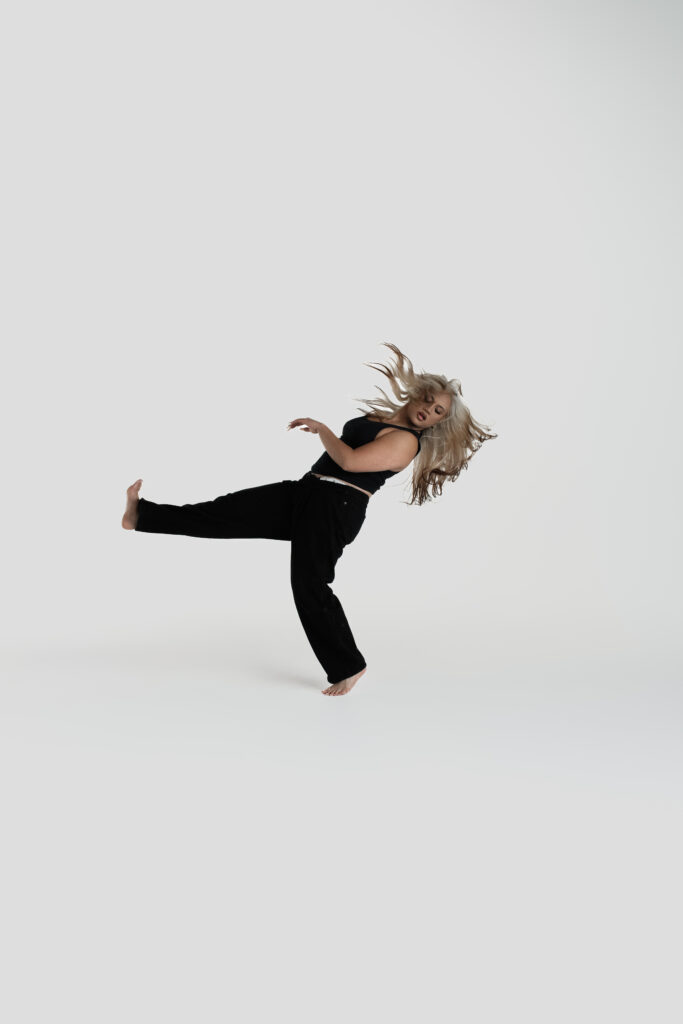
Sienna Lalau has choreographed for several dance-forward music artists. Courtesy Lab Studios (3)
Accommodating Different Perspectives
In the fast-paced music industry, making successful choreography sometimes means working within an established aesthetic. The world of K-pop—known for multi-singer ensembles that perform elaborate dance routines—has an especially distinctive look. Lalau, who’s choreographed for BTS, says the K-pop scene is highly structured. “They’re specific for every single thing that they do, whether it’s with their training or their album roll-out,” she says. That bleeds into the choreography: Perfect unison has become a K-pop signature. “They always want their artists to look like one and to be synchronized,” Lalau says.
Lalau believes her expertise in group choreography, honed while working with her agency, The Lab, and performing in competitions like World of Dance, helped get her that first big call from BTS. “I feel like they liked the fact that when I was working with The Lab,” Lalau says, “it was based off of routine”—that the process emphasized drilling, resulting in polished ensemble work.
Limited timeframes and differing priorities can mean sacrificing parts of the choreographer’s vision. “When you’re working with artists, you have to release your own ego and just know that you’re creating this thing for this person, and it’s not about you,” Smith says. “The more confident, the more empowered the artist feels, the better outcome you’re going to get.”
Sometimes that kind of compromise results in unexpectedly lovely moments. When Smith worked on Olivia Rodrigo’s concert film SOUR prom, for example, she had limited time with the dancers and Rodrigo. She arrived with a fully choreographed version of the song “traitor,” but Rodrigo ended up requesting to cut everything up to the chorus. Smith adjusted on the spot. Instead of doing her planned choreography, the dancers slow-danced before swooping into the movement at the chorus. At the end, they dropped the choreography again and went back to slow-dancing, creating a striking dreamlike moment.
The experience altered Smith’s perspective on working with artists: The magic, she realized, is in the back-and-forth. “That was really beautiful as a collaboration, to hear her notes and thoughts as an artist as someone that was purely observing the piece for the first time,” Smith says. “I don’t even miss any of the choreography that we’re not doing anymore, because the changes made this piece so much more powerful.”
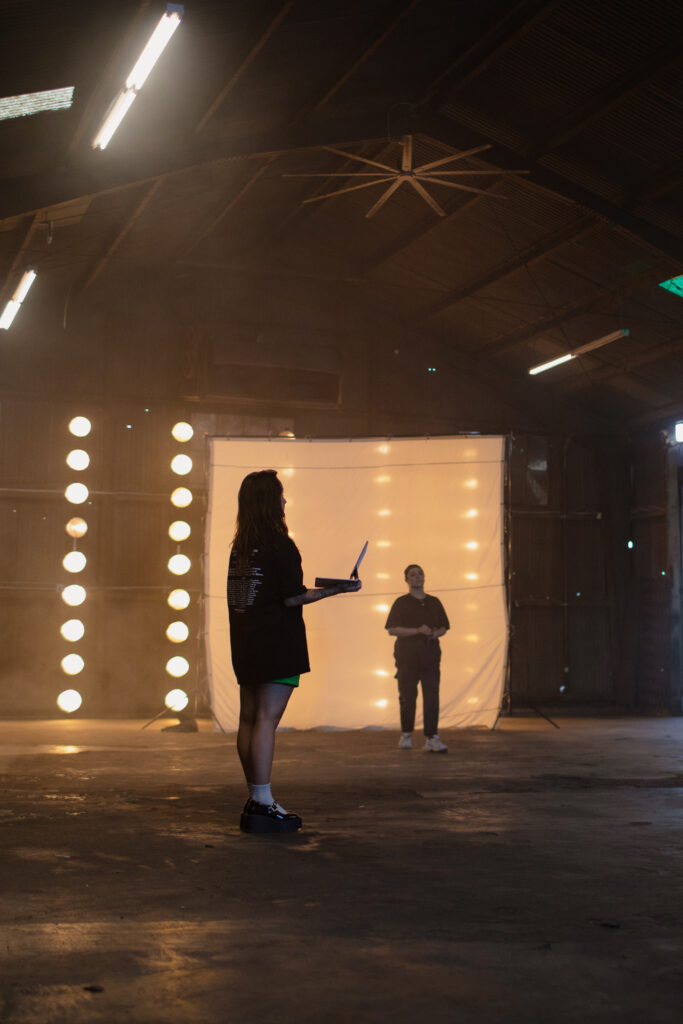
This post was originally published on this site be sure to check out more of their content
